As we (thankfully) turn the page on 2020 and welcome 2021 with hope, optimism and renewed energy, change is on the horizon. With every new year comes a chance for a clean slate, and perhaps never before has your home needed a refresh more than right now.
After staring at the same walls for almost a year, chances are you’d like a paint job, a décor tweak or maybe even a total makeover.Influenced by everything from popular fashion to ways of living, interiors take their cues from the collective pulse. New design trends are emerging every day based on necessity and circumstance—as we all learn to navigate this new normal. To make your interiors feel (un)like home in the best way possible, find inspiration from what’s new now.
The Multifunctional Home
Home has become all things to all people in it, multi-hyphenate spaces are the new norm, and especially when the design is an open-plan concept.
“The role of the home has evolved and adapted drastically—not only do we live in our homes, we now also work, exercise and even holiday in them,” said Oliver Deadman, design and product manager for the London-based Clive Christian Furniture. “No longer is the home a sacred space where one simply relaxes and unwinds, now a home must work in a multifunctional way, allowing our whole life to take place within its four walls.”
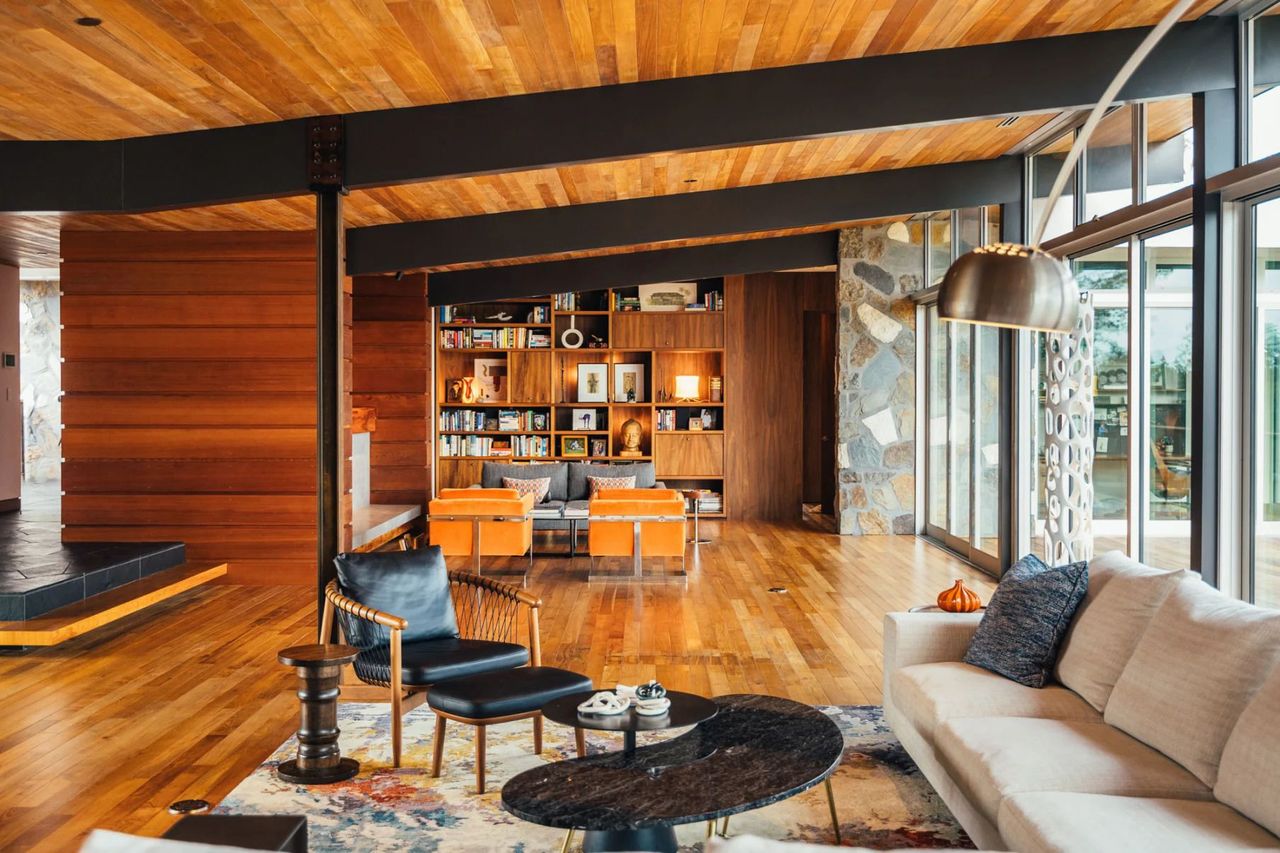
With spaces having to take on dual, even triple functionality, multifunctional design is more important every day. s
“This means having an office chair that is both comfortable enough for long days but aesthetically pleasing enough that it could double as a dining chair or a dining table with slim drawers that are perfect for stowing a laptop,” said Janet McCulley, of McCulley Design Lab in San Diego. .
Because most people are spending more time at home and needing a more flexible, adaptable space, Charu Gandhi, founder and director of Elicyon interior design firm based in Kensington in London, is working frequently with decorative screens that can be used to break up an open-plan space and create rooms within a room.
“Cleverly designed and placed, a screen can create layers of privacy without closing off a space completely,” she said. Screens are also a great way to add a decorative pattern or movement into a home. Ms. Gandhi is working with a variety of materials, from rich fabrics to mirrors and textured metals to create screens and dividers that double as décor.
Having a kitchen that doubles as a beautiful space to entertain family and friends is certainly a key requirement now, Mr. Deadman said. “With home entertaining an increasingly popular option, our homes are required to feel warm and welcoming as well as functional,” he said.
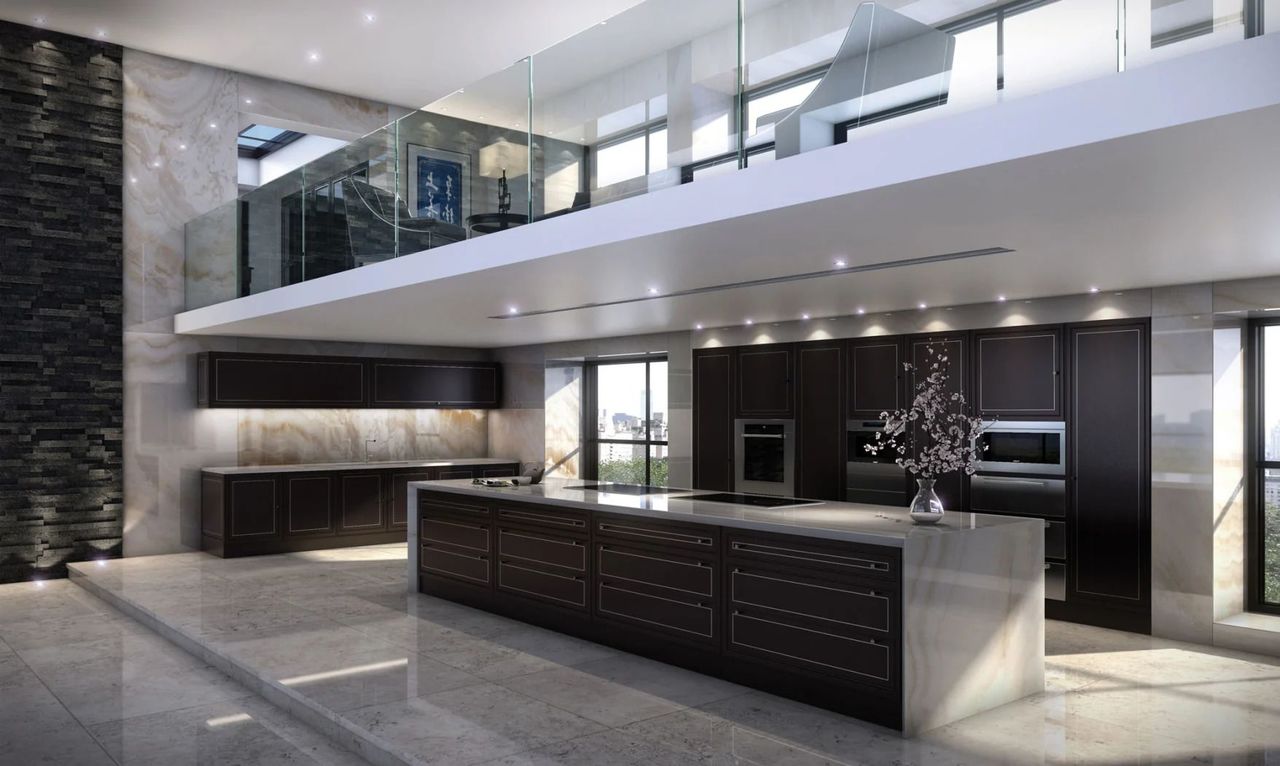
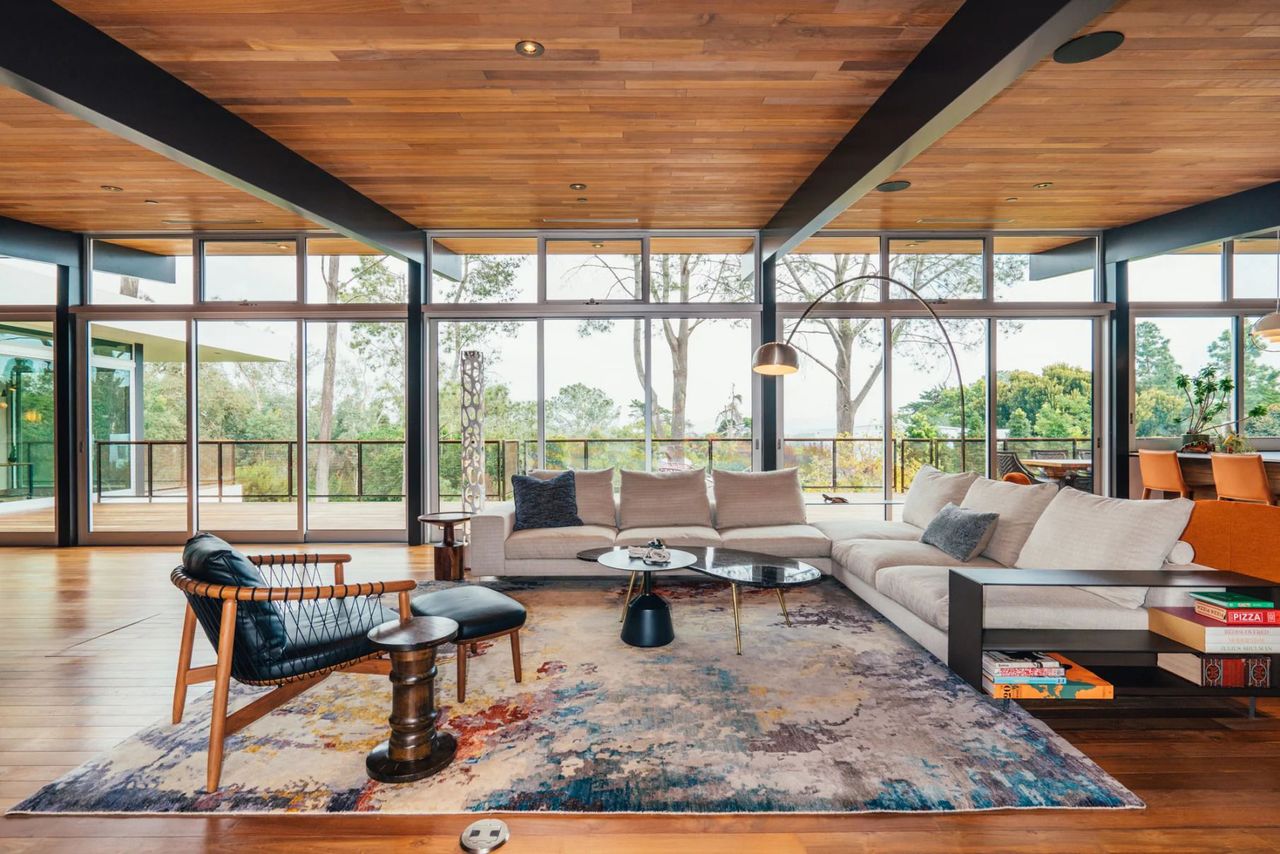
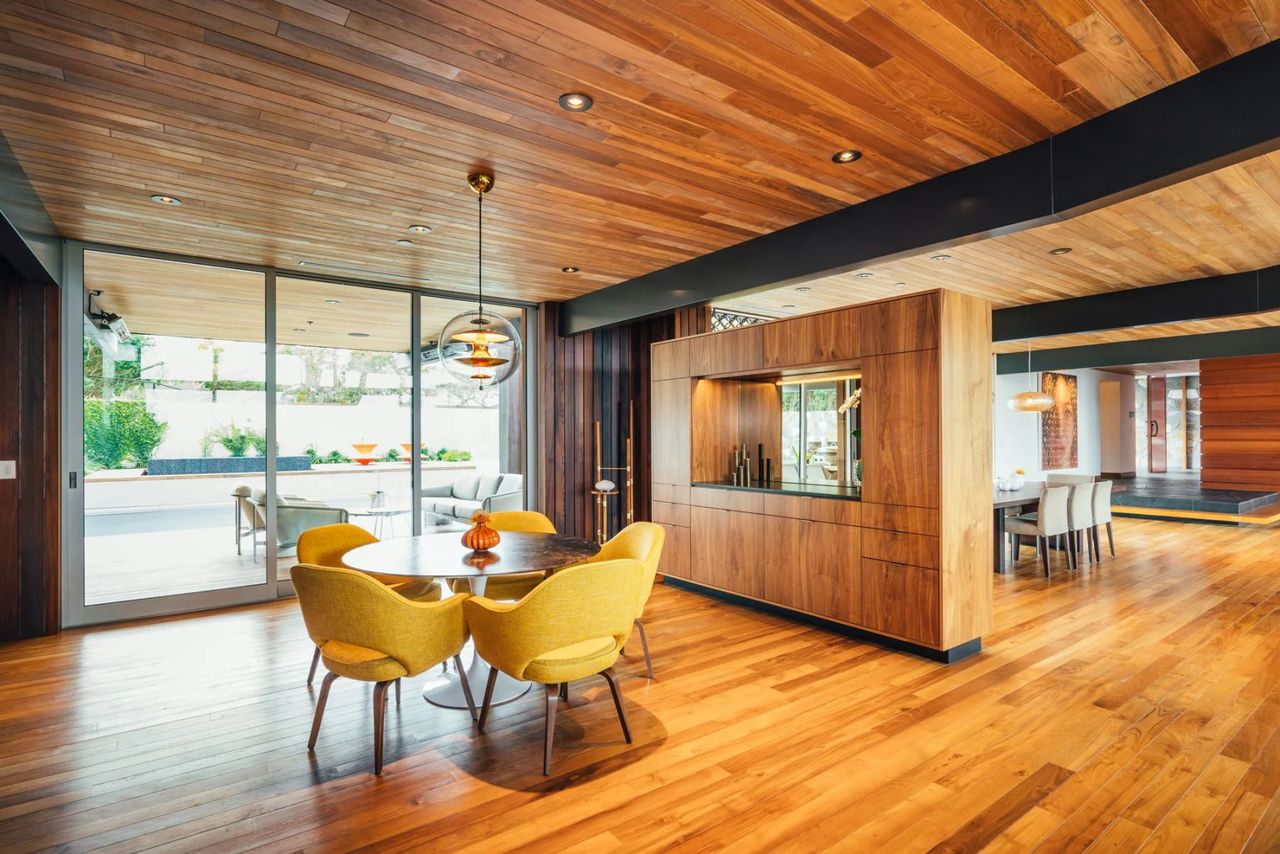
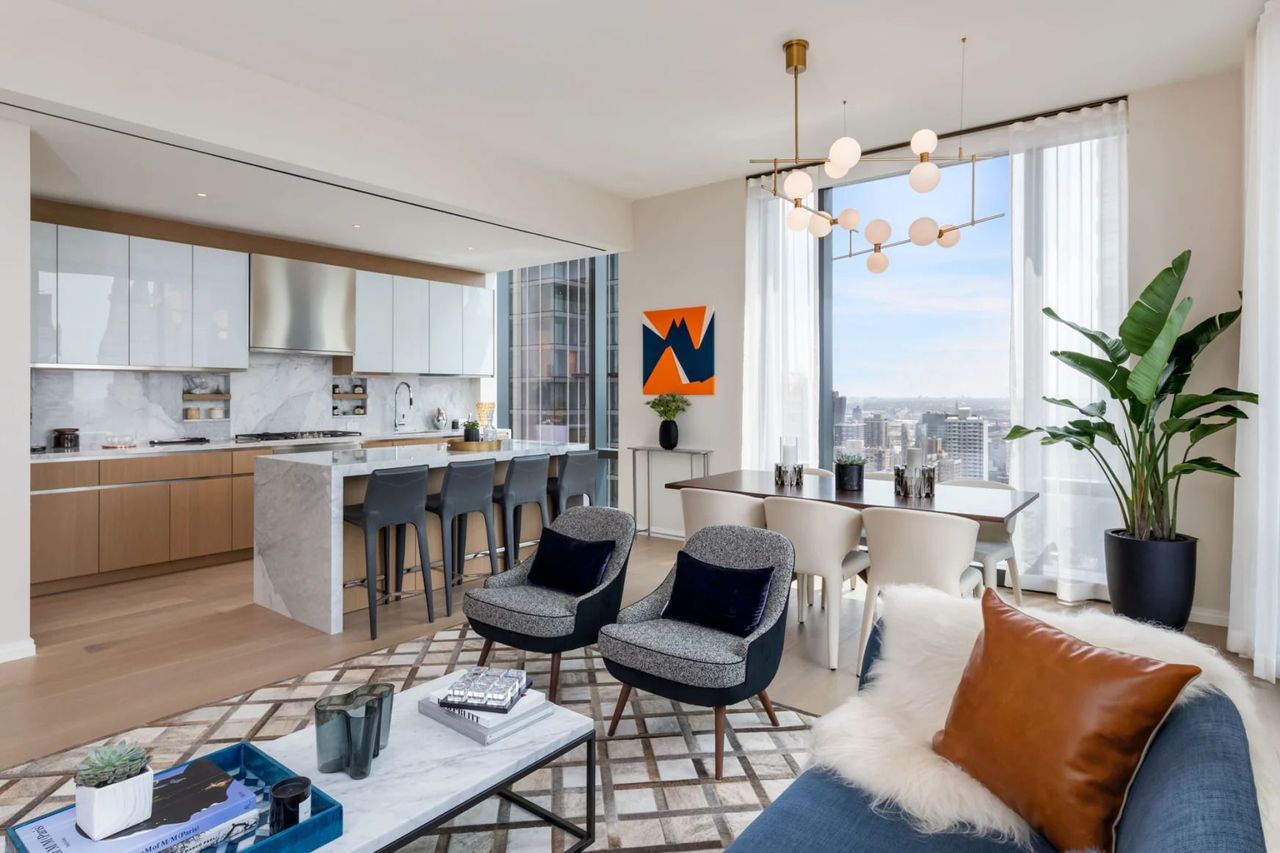
The Statement Office Space
Working from home is all but a mainstay for most people, and as a result the idea of the home office is evolving.
“Previously people would work occasionally from the kitchen counter or a nook in other rooms, but now they are looking to have a dedicated space for a fully functioning home office,” said Eilyn Jimenez, founder and creative director of Sire Design in Miami. These full-fledged home offices are including spaces for multiple workstations and hidden storage. “Additionally, people are now looking to have their home offices evoke a sense of calm, therefore, design has changed substantially, as we are placing greater focus on ambience and mood.”
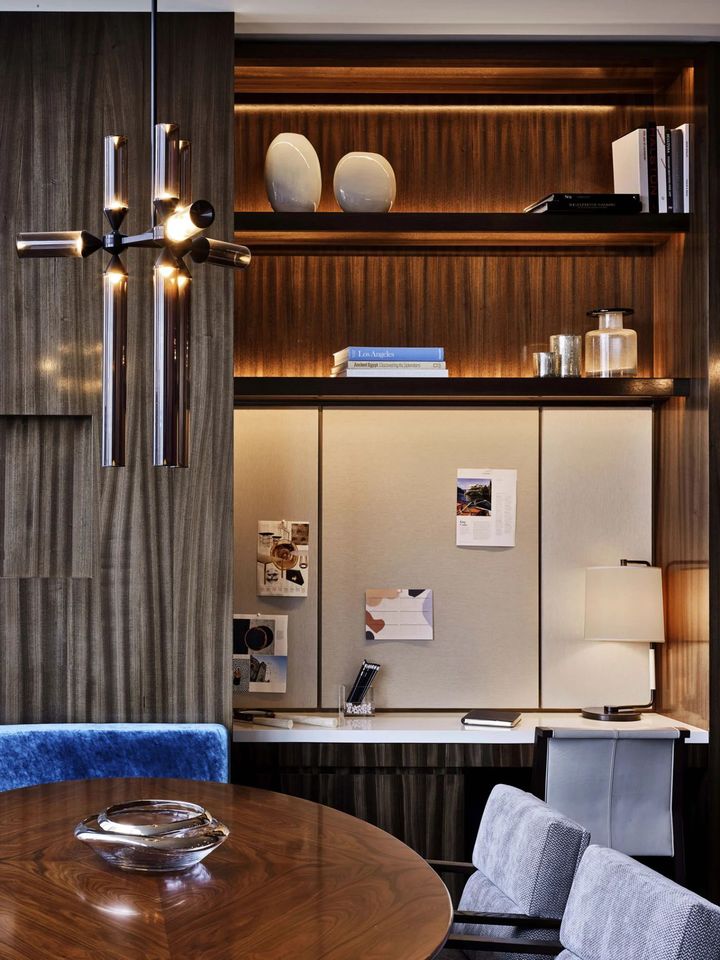
Dedicated spaces for home offices allow for clear separation between working hours and family time, said Jane Landino creative and design head of studio for Taylor Howes Designs in London. “At the end of the day, it’s working from home and not living in the office that we want.”
Clients are looking at ways to repurpose and even reconfigure the spaces within their homes to once again fit in a dedicated home office.
“Tech capability combined with smart design is the ultimate requirement; clients want a room that is smart, presentable and a different tone from the rest of the house, while being equipped and highly functional,” Mr. Deadman said. “They want it to feel different to aid them with balancing home and work life in the same building.”
To add depth and interest to an office, Ms. Gandhi looks to libraries and gallery settings for inspiration. She uses interesting textures such as parchment or eglomise mirror and veneers with varying tones and lacquer finishes as the backings for units. She also opts to use heavy wool fabrics for curtains. “Window dressing means you can control the daylight coming into the room, particularly if the study is south facing, so that bright sunshine doesn’t affect your screen or reading,” she said.
Ms. McCulley is designing office concepts that allow for high-functioning office areas to integrate within a variety of existing home designs—under a staircase, for example, or behind a hidden bookcase that opens to reveal a retractable desk, shelving and other elements. She also suggests creating portable home office “kits” that can easily stow away when they need to be out of site. “This consists of a mobile desk on casters with filing units on wheels, laptop storage with cable management, mobile screens, et cetera.”
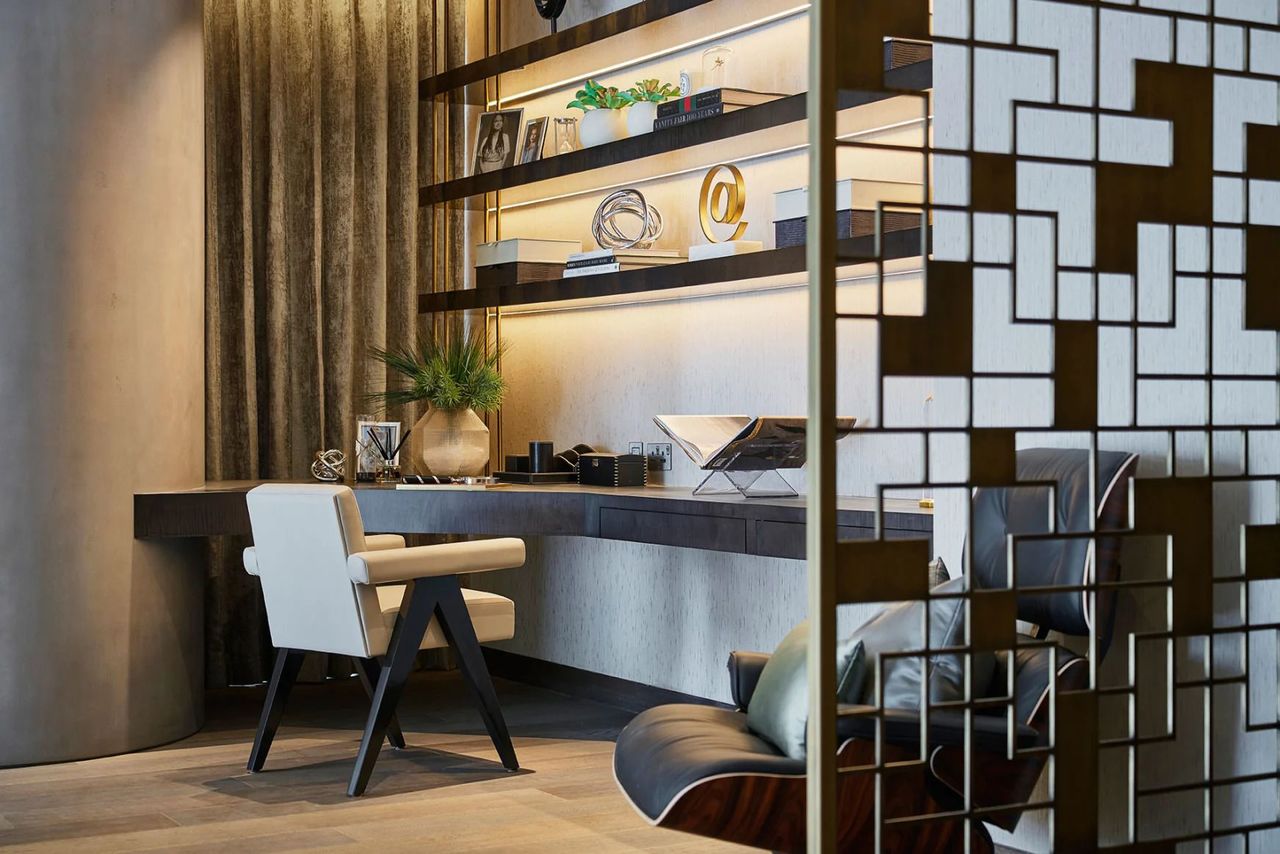
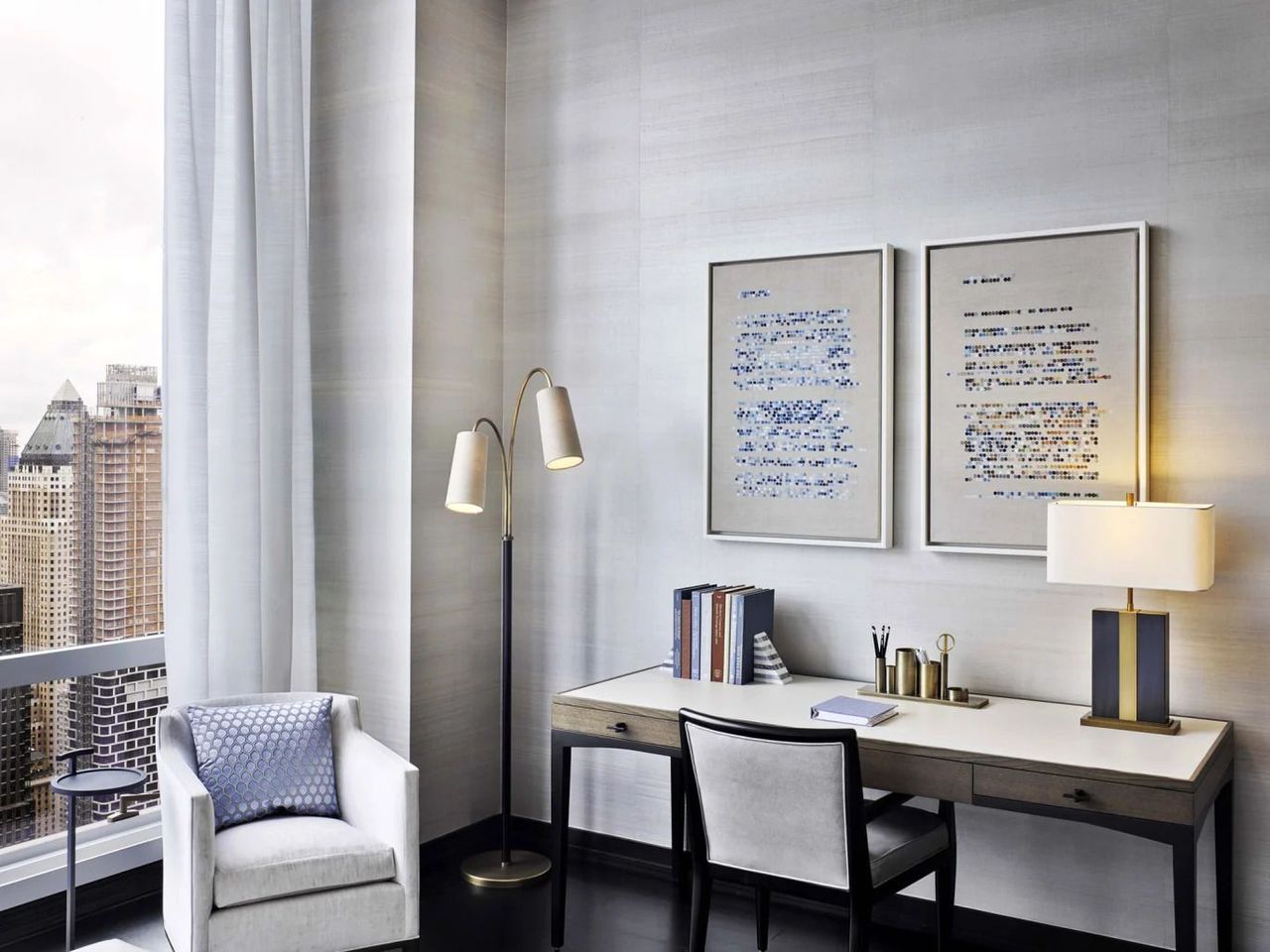
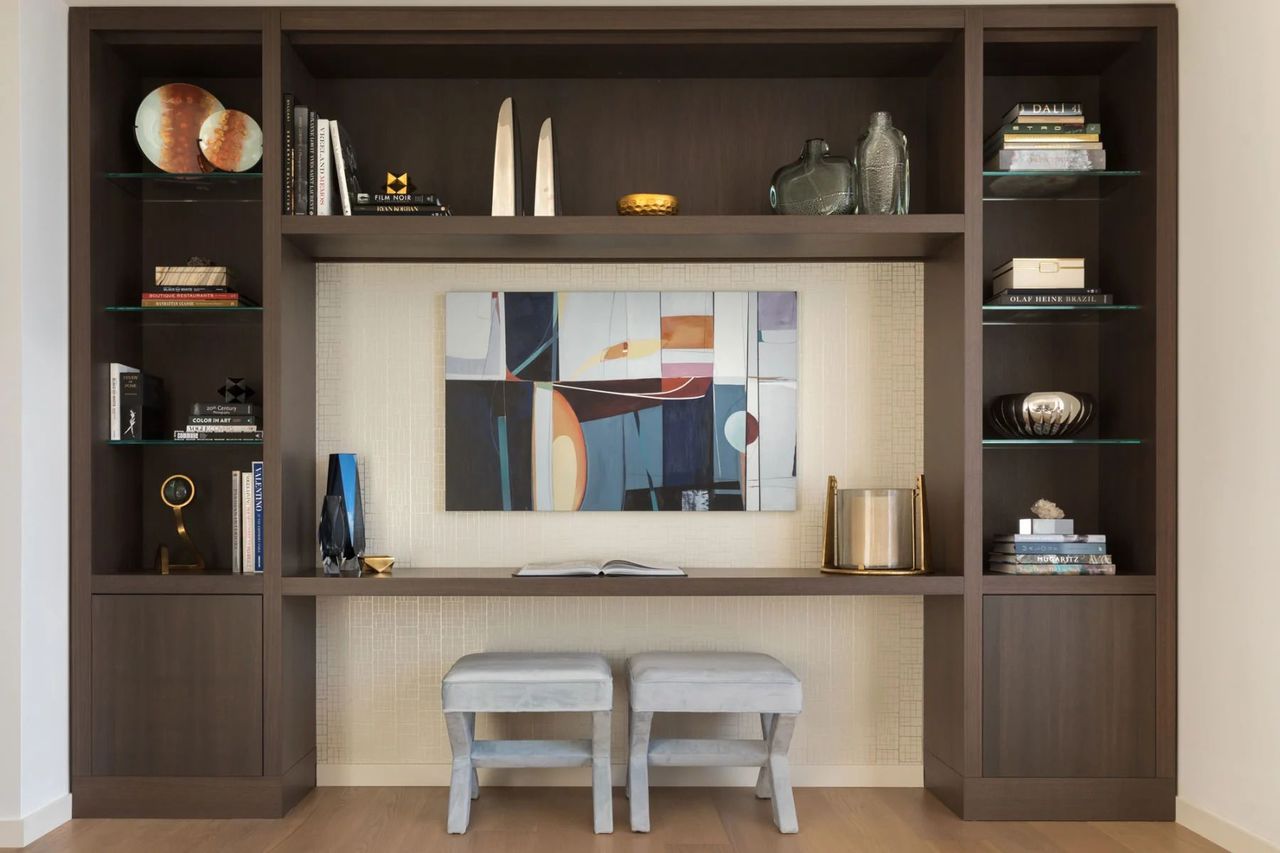
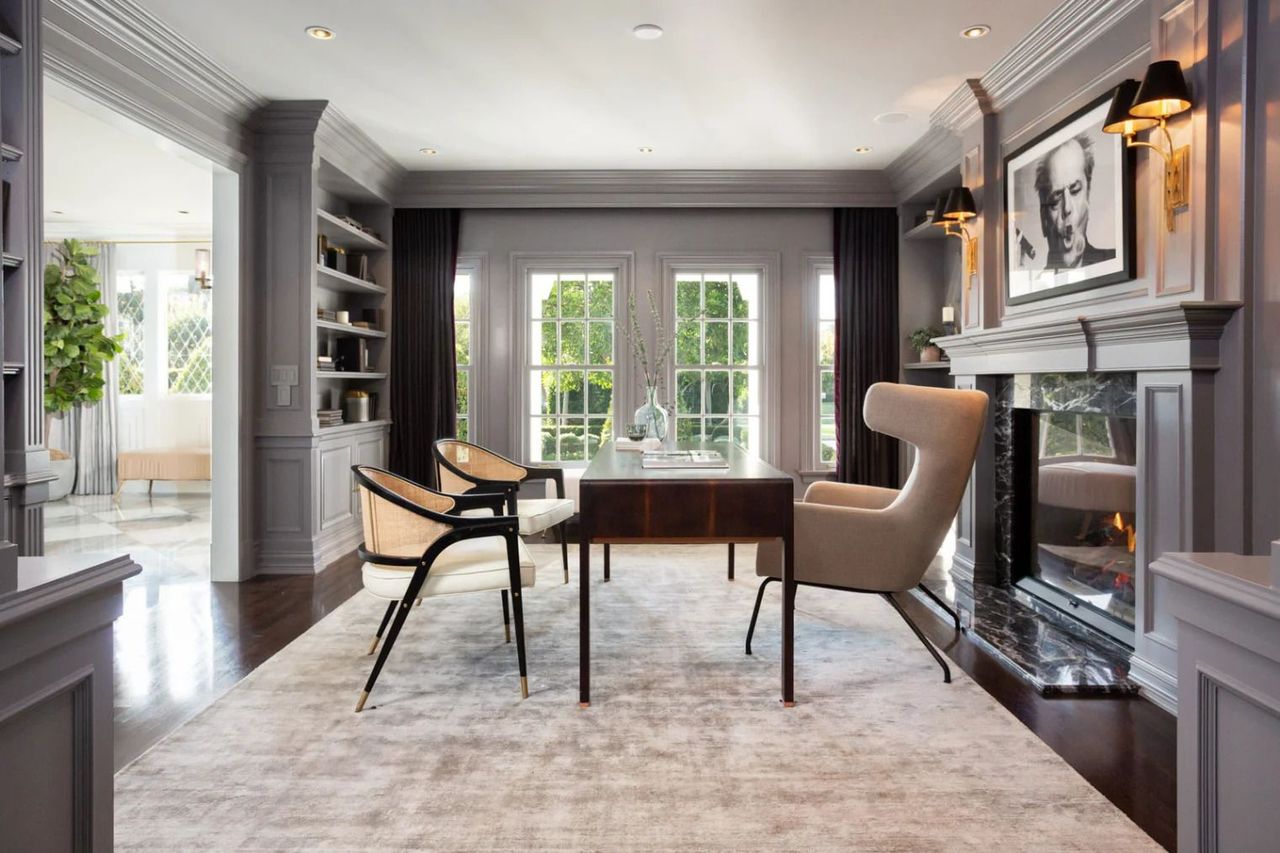
Setting a “Zoom” Stage
Virtual meetings are now as common as phone calls and as a result, the stage you set for your backdrop matters.
“This year, many people found themselves crafting aesthetically pleasing backgrounds for video conferences,” said Mitchell Parker, an editor with Houzz, an online platform for home remodeling and design. “Through the help of Houzz inspiration photos and pros from the Houzz community, people are discovering the art of a good vignette.”
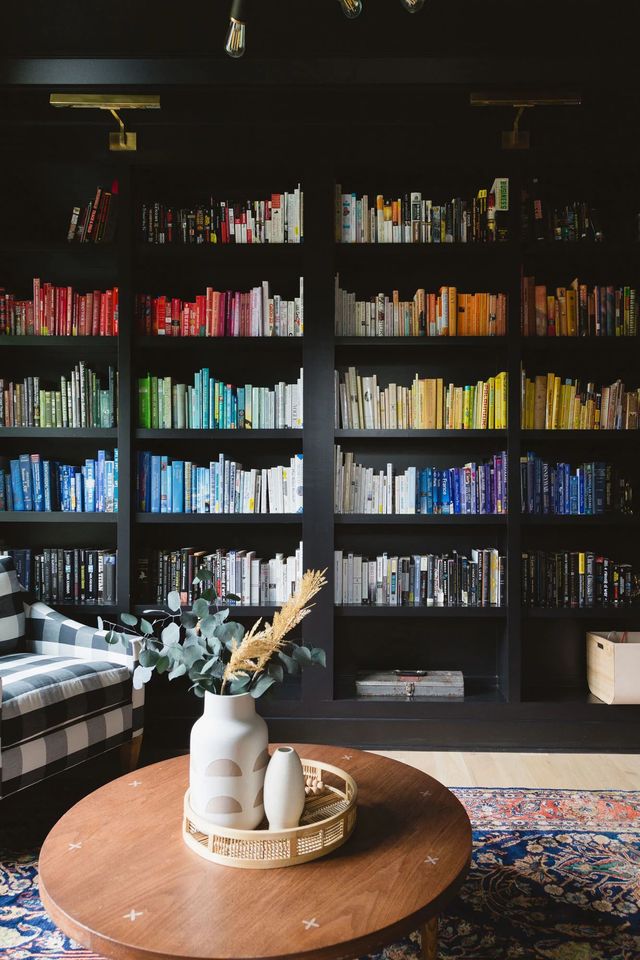
Some of the key elements include well-hung artwork, pops of color, good lighting, a little greenery and objects of different sizes that can create a stylish setting for a meeting, but also make the home office more enjoyable to be in, Mr. Parker said.
A home featured on Houzz showcases the ultimate rainbow backdrop of books. Credit: Rachel Loewen © 2019 Houzz
Lighting is another important consideration—and soft lighting is the most flattering on screen. Ms. Gandhi opts for a table lamp or floor lamp close by the computer. She also notes the power of the “shelfie”. “Clients are dressing their shelves with interesting objects and books that show their personalities during video calls,” she says. She also sets the scene with a brightly painted accent wall or artwork and considers the symmetry of it all. “If there is a spot in the home with wall lights or artwork which frame the scene, that can work very well; fresh flowers are also a great addition.”For one client who tends to do live TV segments in his office, Ms. Jimenez included a marble shelf and suiting-inspired wallpaper. “Backdrops were never a request until now and we love being able to really create unique designs in offices rather than having clients just seeing it as a space with storage and a desk,” she said.
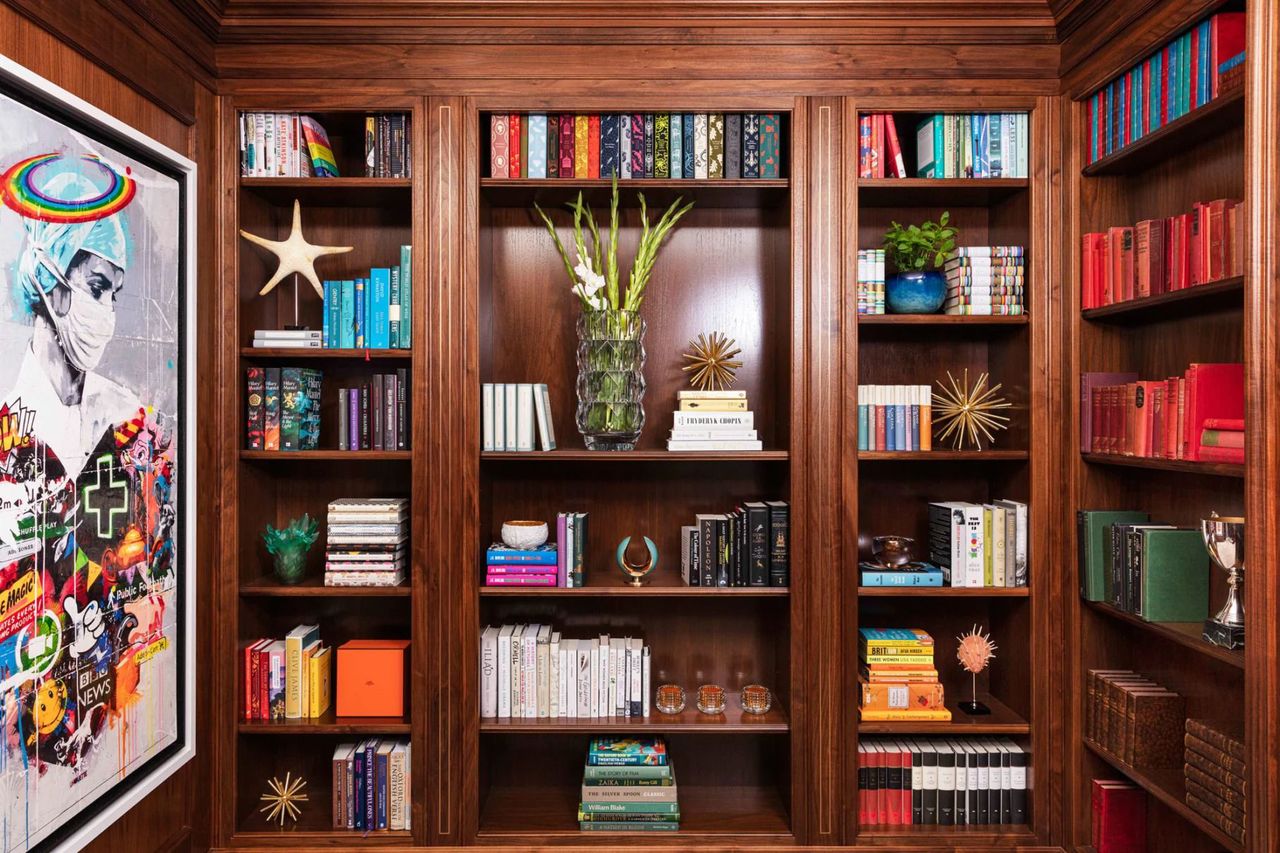
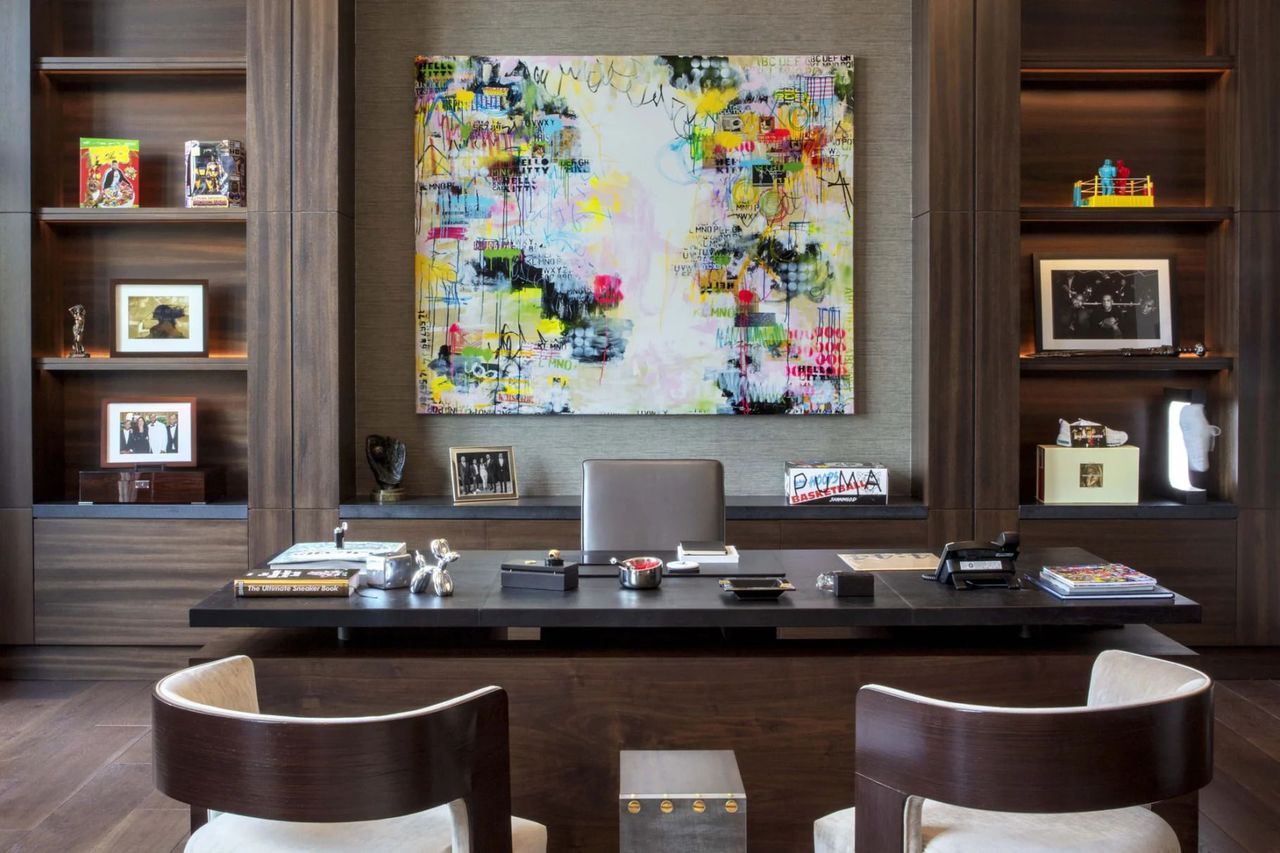
Laid-back Living
All this quality time at home and layouts are becoming increasingly informal, Ms. Gandhi said. “People are moving away from traditional entertaining or dining spaces in favor of more laid-back living arrangements, where curved, sculptural and playful furniture works particularly well.” Sculptural furniture helps to break up a space and creates a more fluid ambience, she said.
Because of this more relaxed way of living, materials and finishes are following suit. Organic has largely replaced glam. Natural woods, industrial metals and unfinished stone are in and high-gloss brass and lacquer is out, Mr. Buckner said. “The more they live on them, the more people want their pieces to be highly functional and not precious. Comfort is key in upholstery as well as durability,” he said.
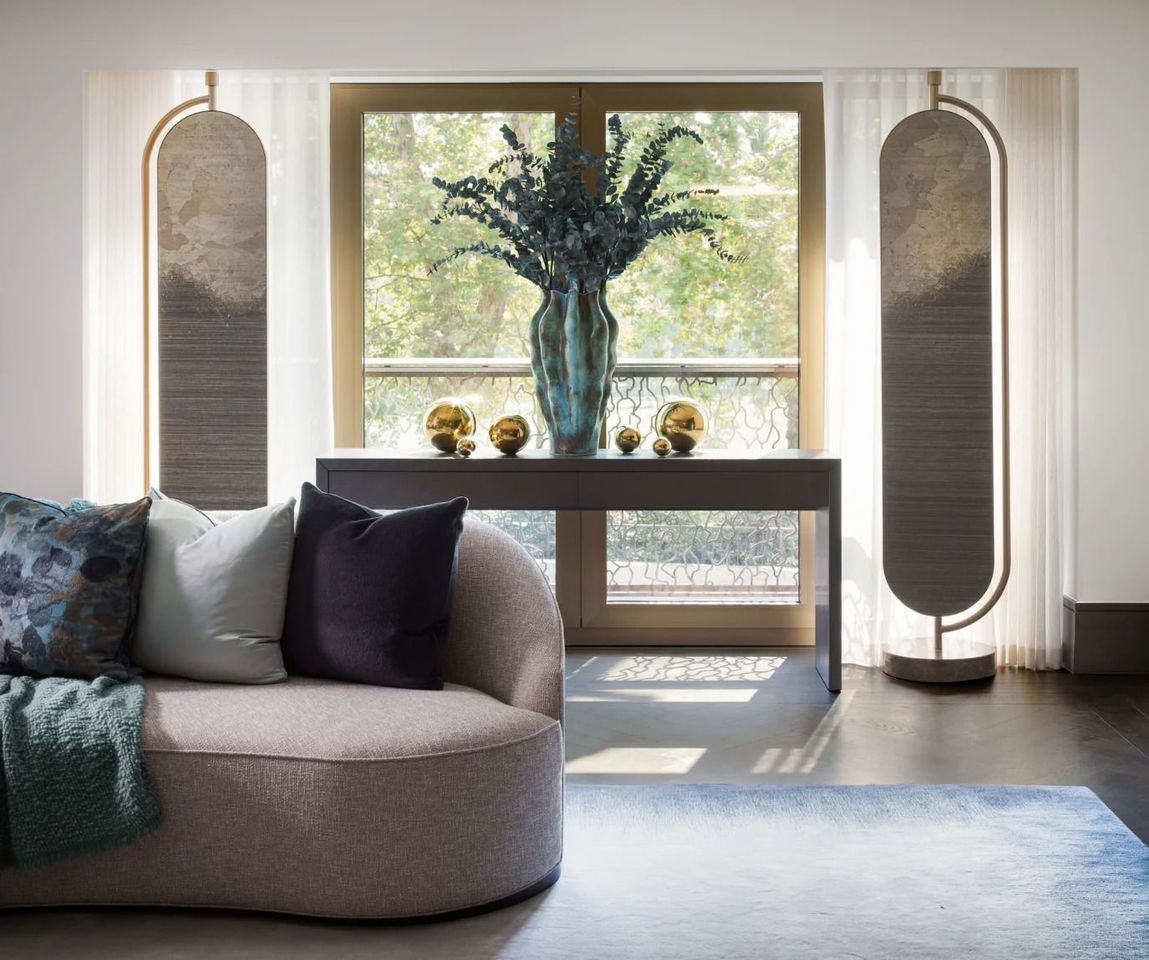
Ms. Gandhi is utilizing a lot of textured fabrics such as suede, wool and bouclé for upholstery pieces, which lend themselves to rounder, softer furniture.
“It’s also all about the placement of those pieces—a curved sofa, for example, can draw the eye to a particular view or lead you through to another room,” she said.
New neutrals composed of ivory base notes and a scattering of additional tones including rust, pink, beige, mustard and burnt orange are taking hold. “These are very liveable colors and, considering that we are all spending much more time indoors, are very fitting to the new ways in which we use our living spaces,” Ms. Gandhi said. “The new neutrals allow you to build interest and focus with highlight pieces such as cushions, rugs and chairs in bolder colors, which can be changed or rotated as required.”

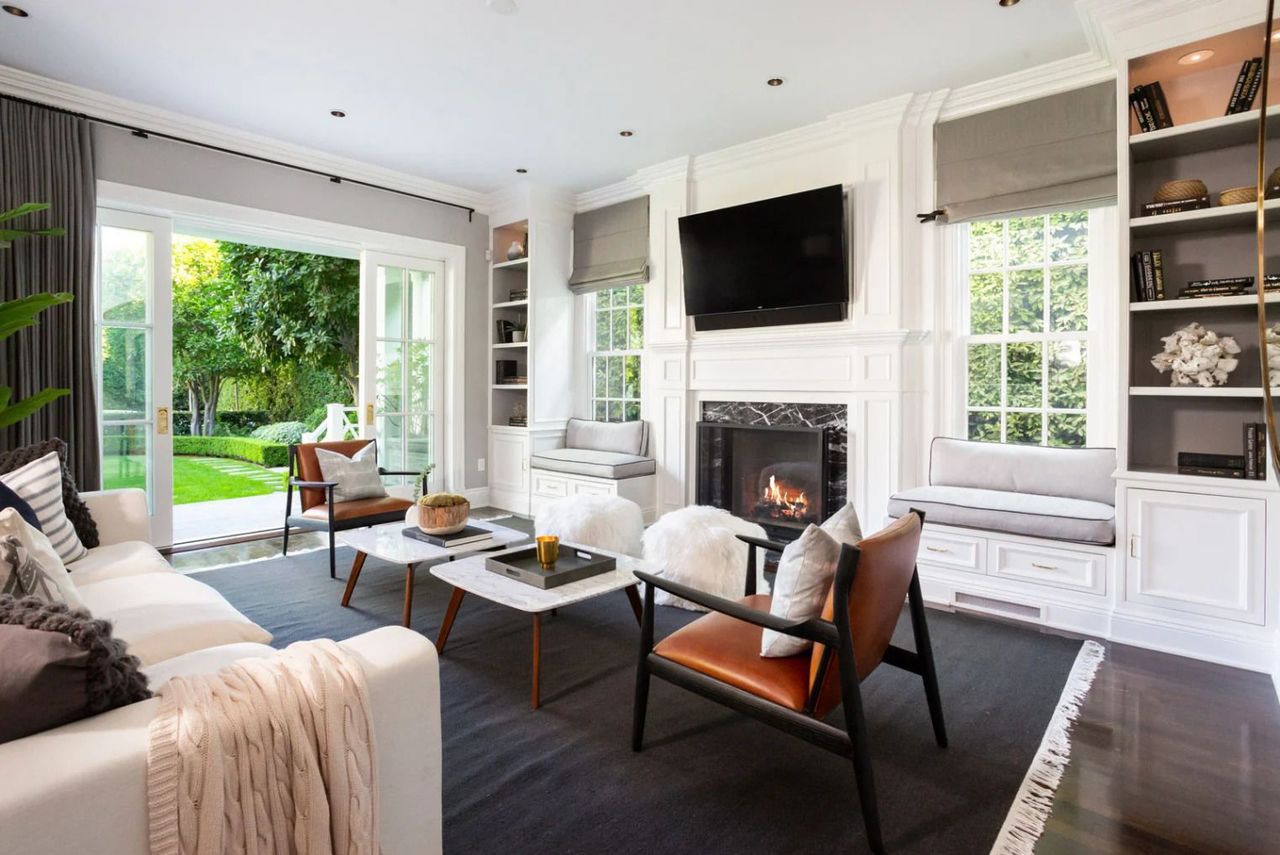
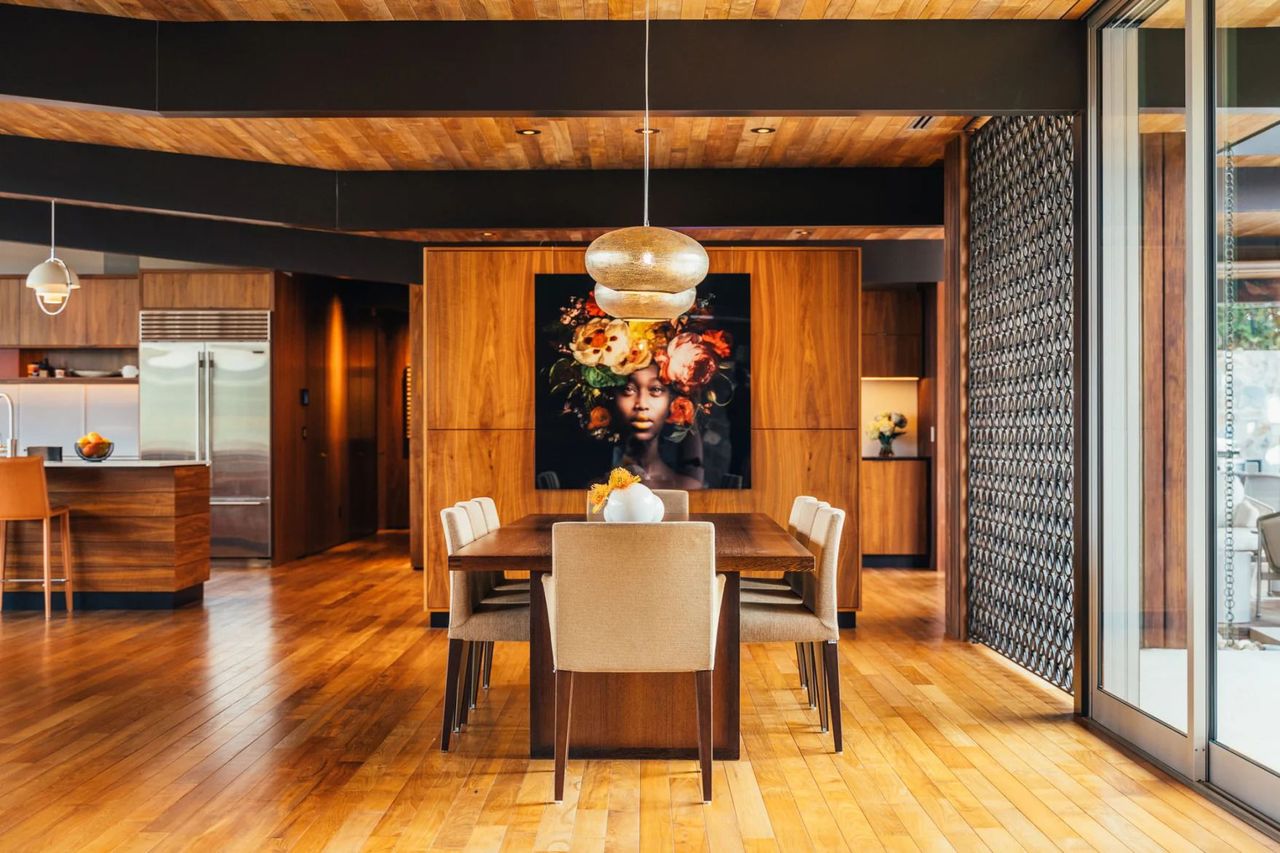
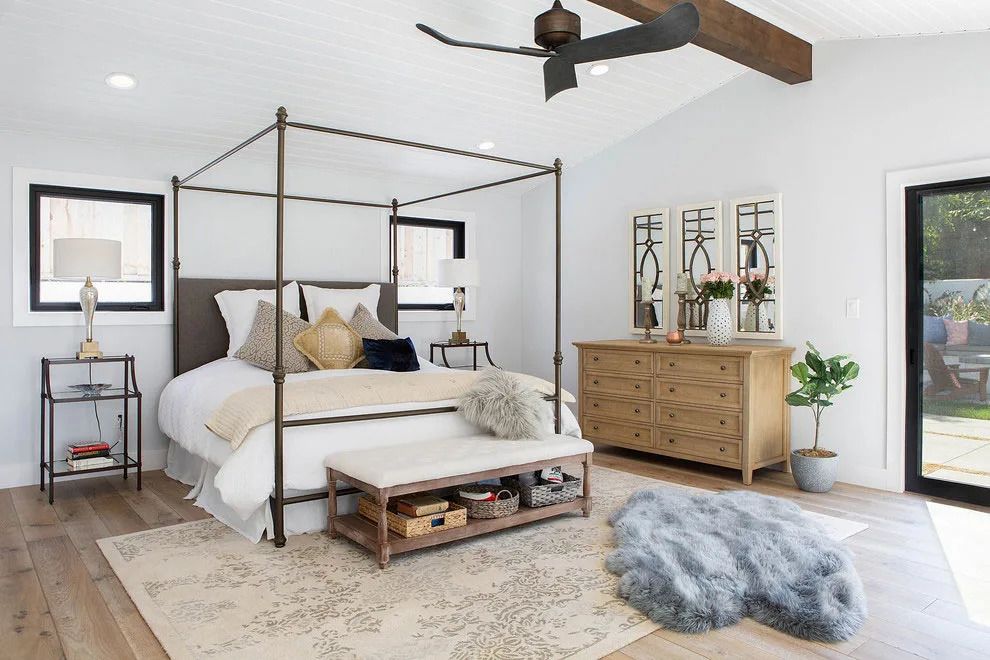
Blending Inside and Out
“Clients continue to request spaces designed in a way that brings the outdoors in and often don’t want there to be a distinction between exterior and interior,” Ms. Jimenez said. “In my own home, for example, we are using bifold sliders that bring the outside indoors for a seamless transition.”
Biophilic design, a way of connecting the interior of a home to nature, is a necessity rather than just a trend, Ms. Landino said.
“People will incorporate more glass into the interiors of their home and use sliding doors rather than solid walls to give the feeling of the outside coming in. This will also give people more access to natural light, which is something we have come to appreciate more after lockdown,” she said.
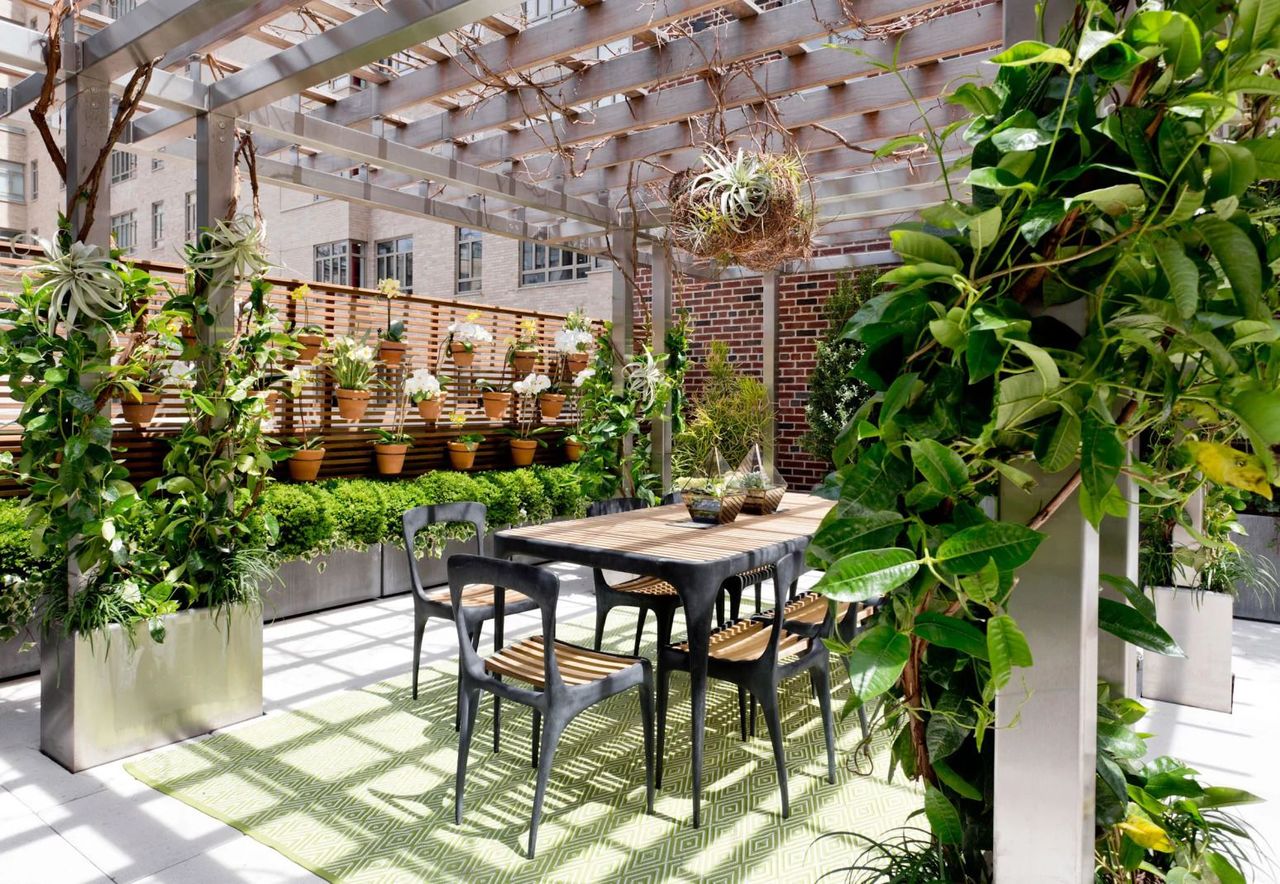
“In good design there’s a harmonious dialogue between the exterior environment and the interior space,” said Jeffrey Beers of Jeffrey Beers International in New York. “It’s about taking inspiration from the architecture and surrounding environment and paying close attention to layout: how each space flows into the next while also ensuring the space adheres to its purpose,” he said. Mr. Beers recommends carefully chosen key materials that are timeless and durable.
Outdoor furniture used to always be an afterthought, but now, there is a huge demand for outdoor spaces to reflect the same design caliber and utility as inside the house, said Julian Buckner, CEO of Vesta in California and Fort Lauderdale, Florida.
“Gone are the days of just a table and chairs. People are looking to maximize their outdoor spaces with dedicated areas for dining, working, lounging and entertaining. It must evoke the same design language as the interior of the home and be just as comfortable,” he said.
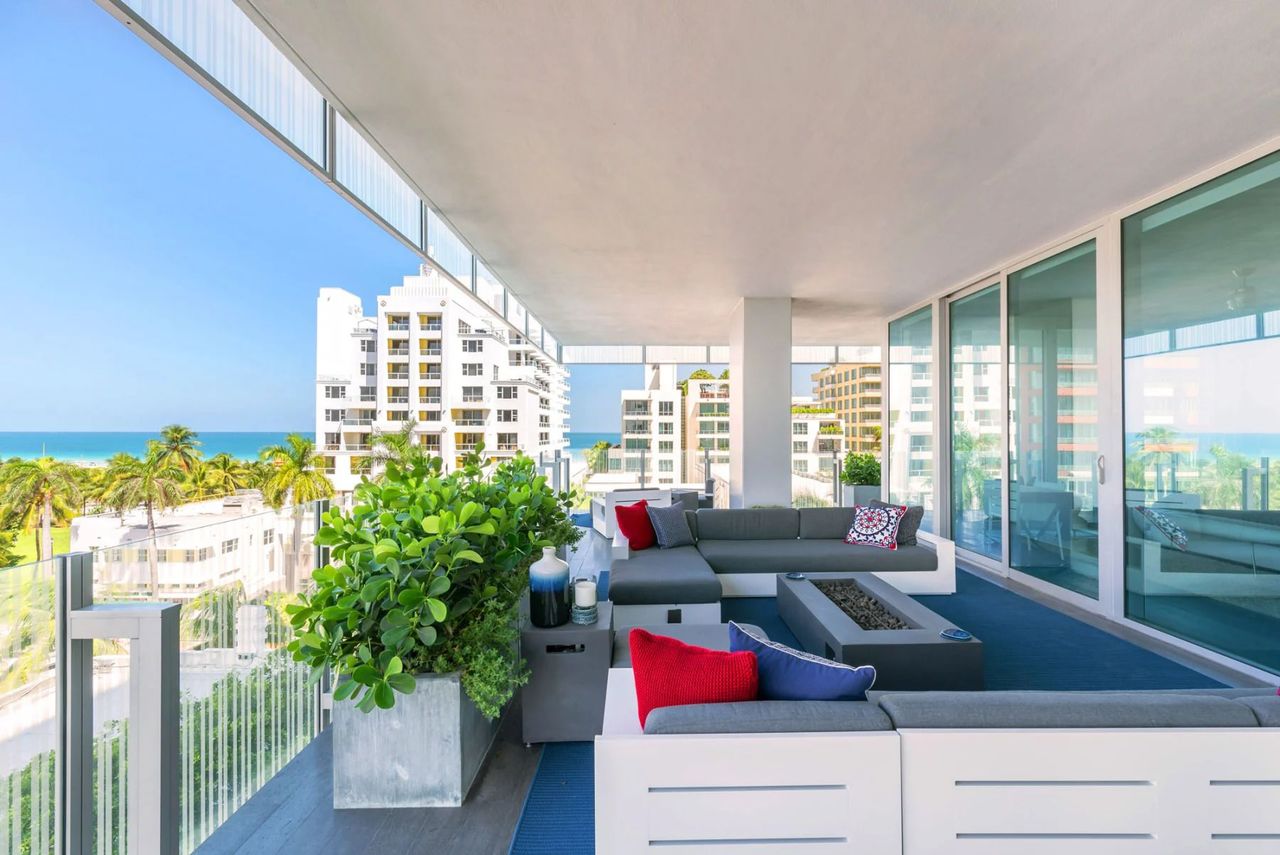
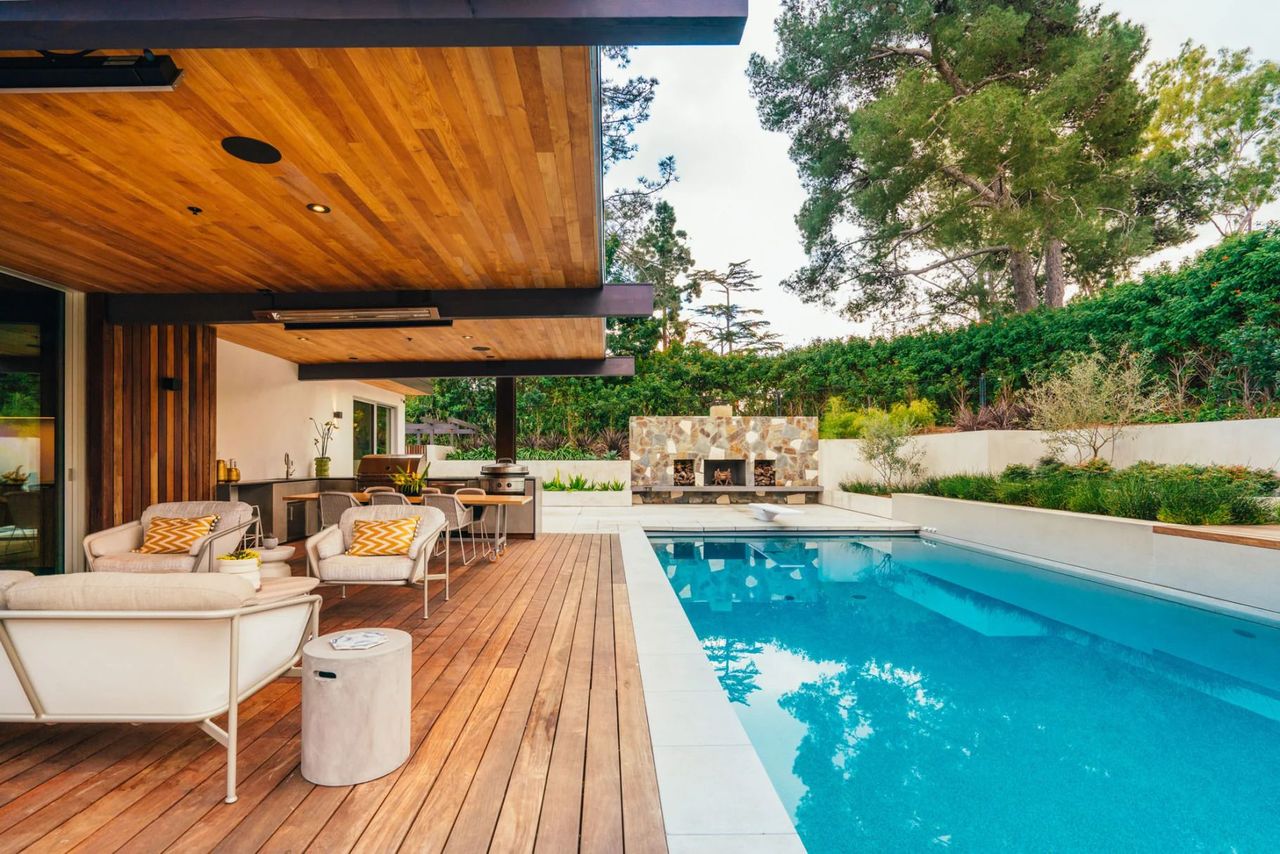
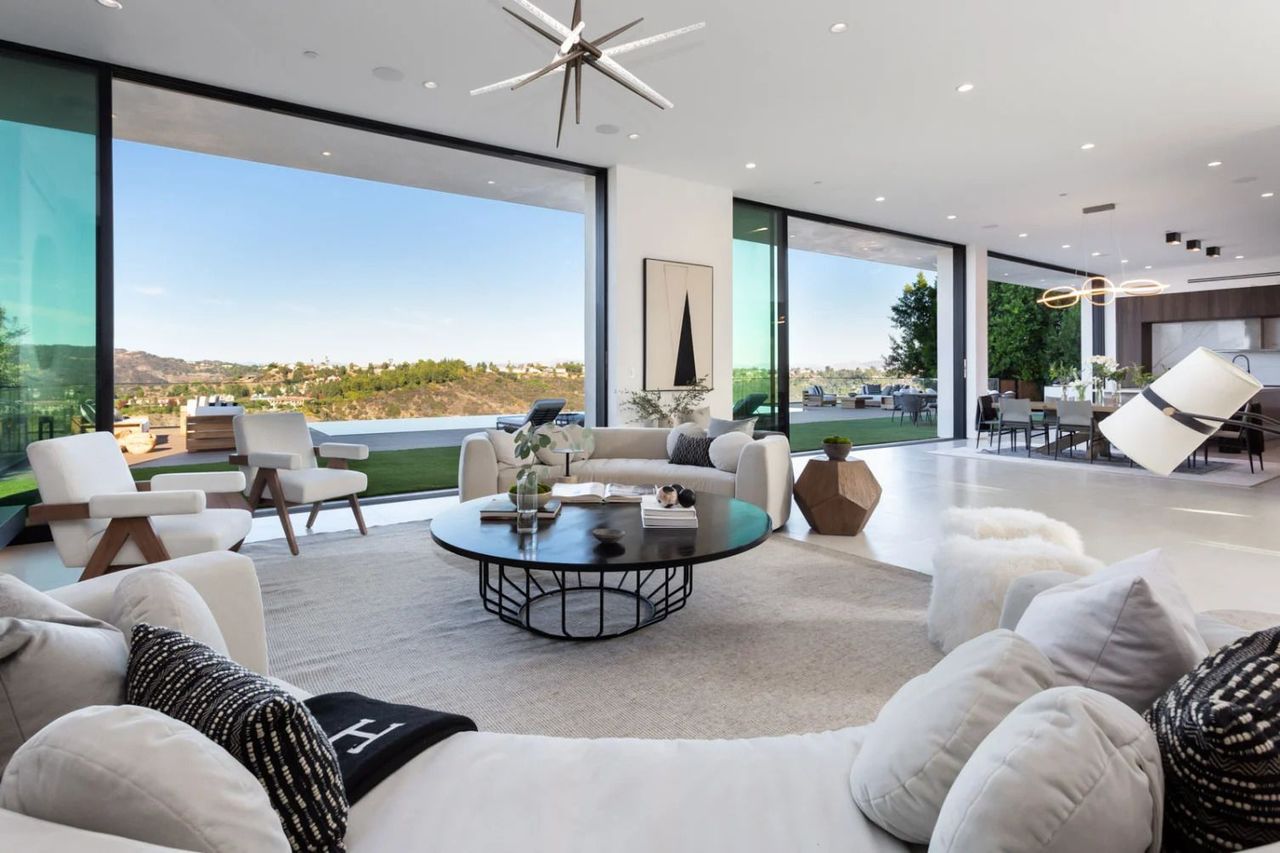
Making Rooms
While open-plan living has reigned supreme, homeowners are now seeing its limitations.
“Many people are suddenly experiencing the downside of that concept: With little privacy, and even less noise control, the wall-less great room is anything but as our homes transform into multi-hyphenate spaces where we work, homeschool, exercise, cook and more,” Ms. McCulley said. “People are seeking spaces that offer the ability for quiet concentration, but the aesthetic benefit of open-flow living where light, views of the outdoors and a sense of expansiveness should not be sacrificed either,” she said.
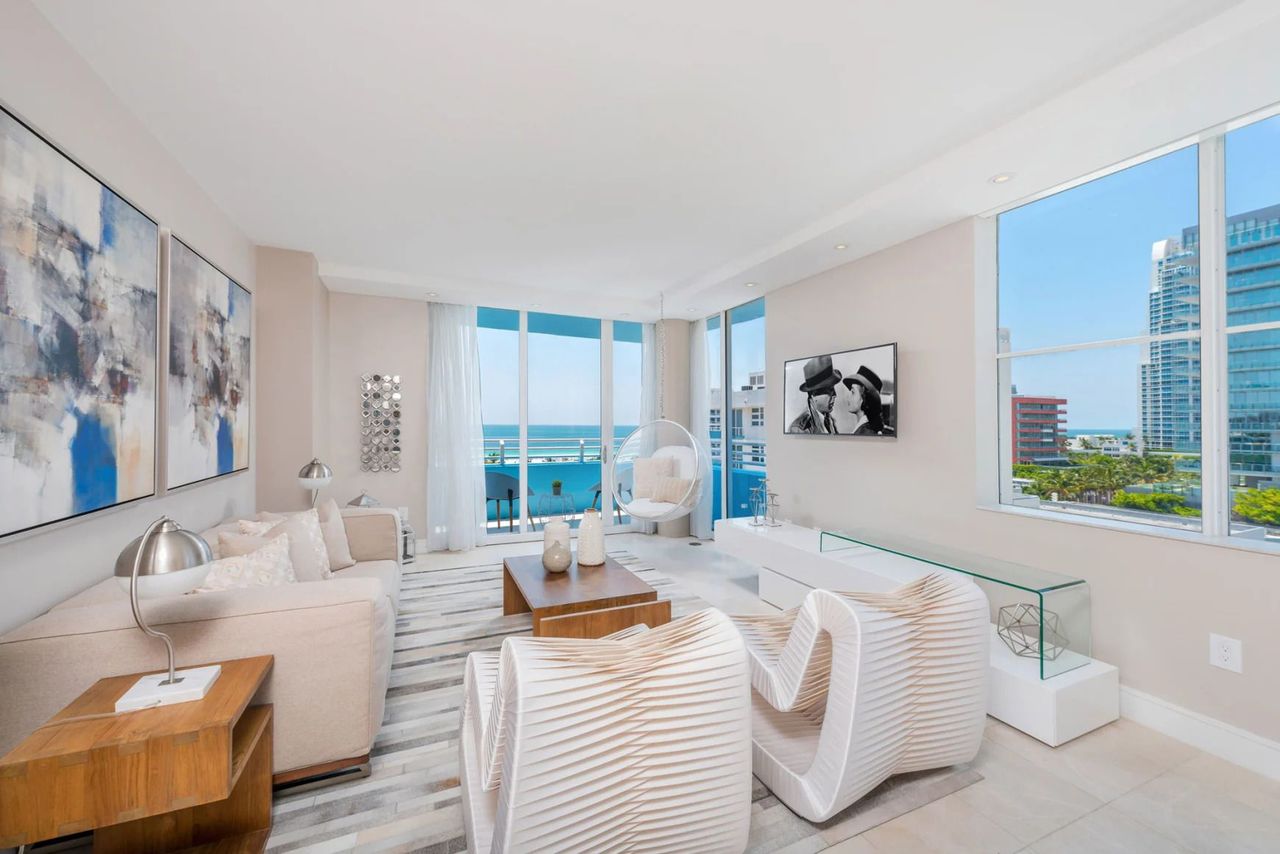
A sophisticated living room designed by Eilyn Jimenez makes relaxing its sole purpose. Credit: Courtesy of Sire Design
Mr. Christian believes there’s been a return to distinctive living spaces.
“The idea of traveling to different rooms in the home—where different aspects of your life can take place—is reminiscent of physically traveling in our ‘normal’ lives—to the office, out for dinner, to the theater. And so now we want to reflect these journeys in our homes,” he said.
Designating separation means creating a sense of occasion when preparing a feast for friends in a spacious show kitchen with an adjoining dining room before retiring to the sitting room for after dinner drinks. Or perhaps we’re leaving the home office for the day to “travel” to our home gym before ending the day with a family dinner around the kitchen table, Mr. Deadman said. “While we may be stuck indoors for more time than we’re used to, it isn’t to say we can’t feel free and able to live like normal,” Mr. Deadman said.
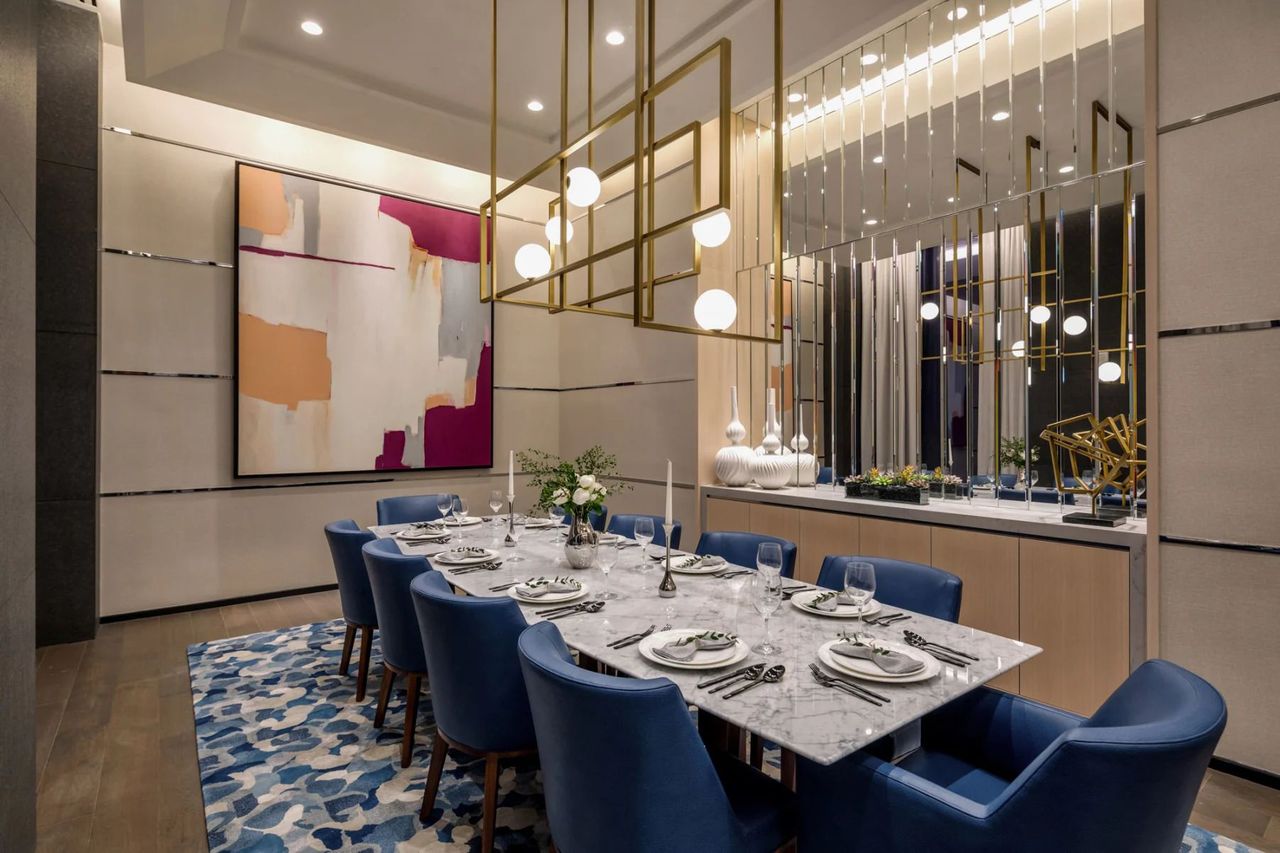
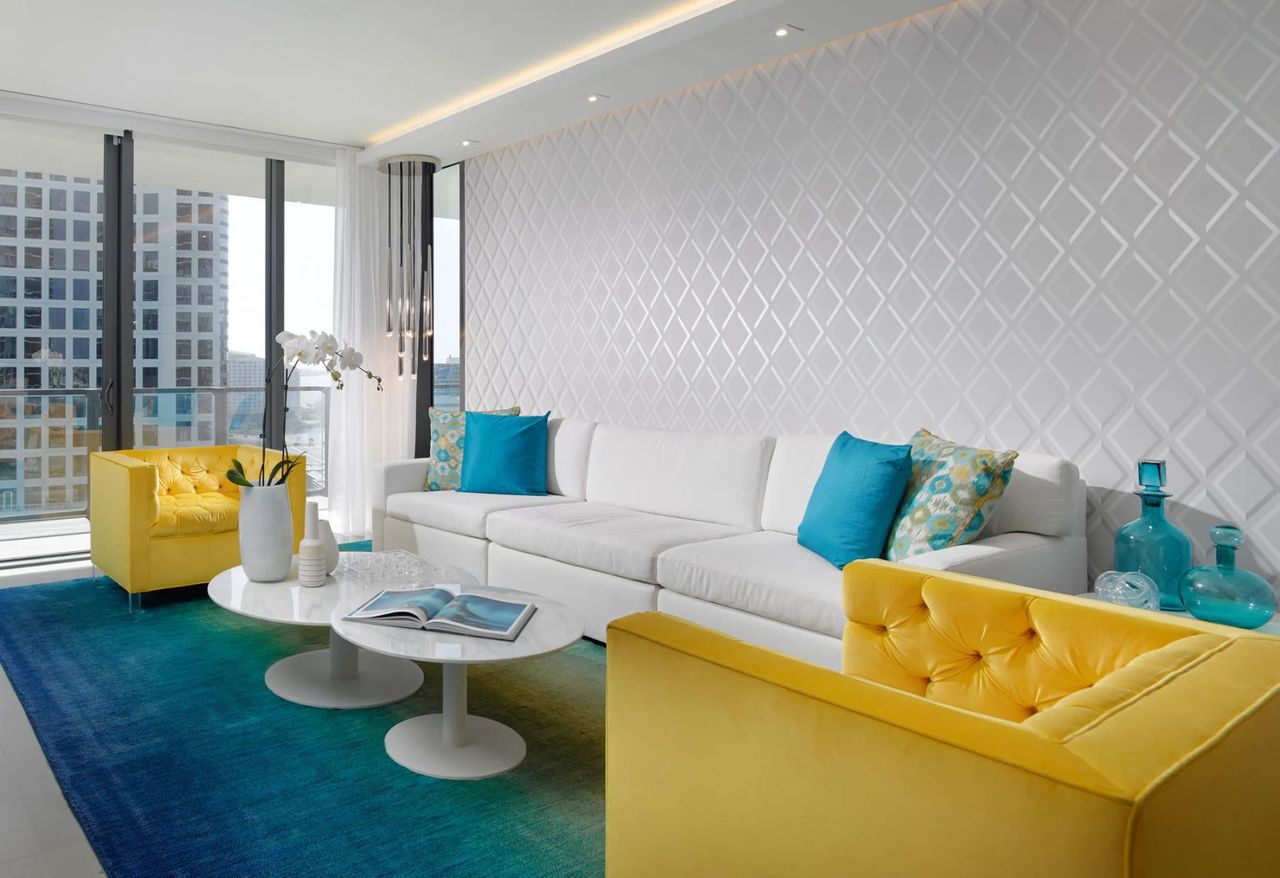
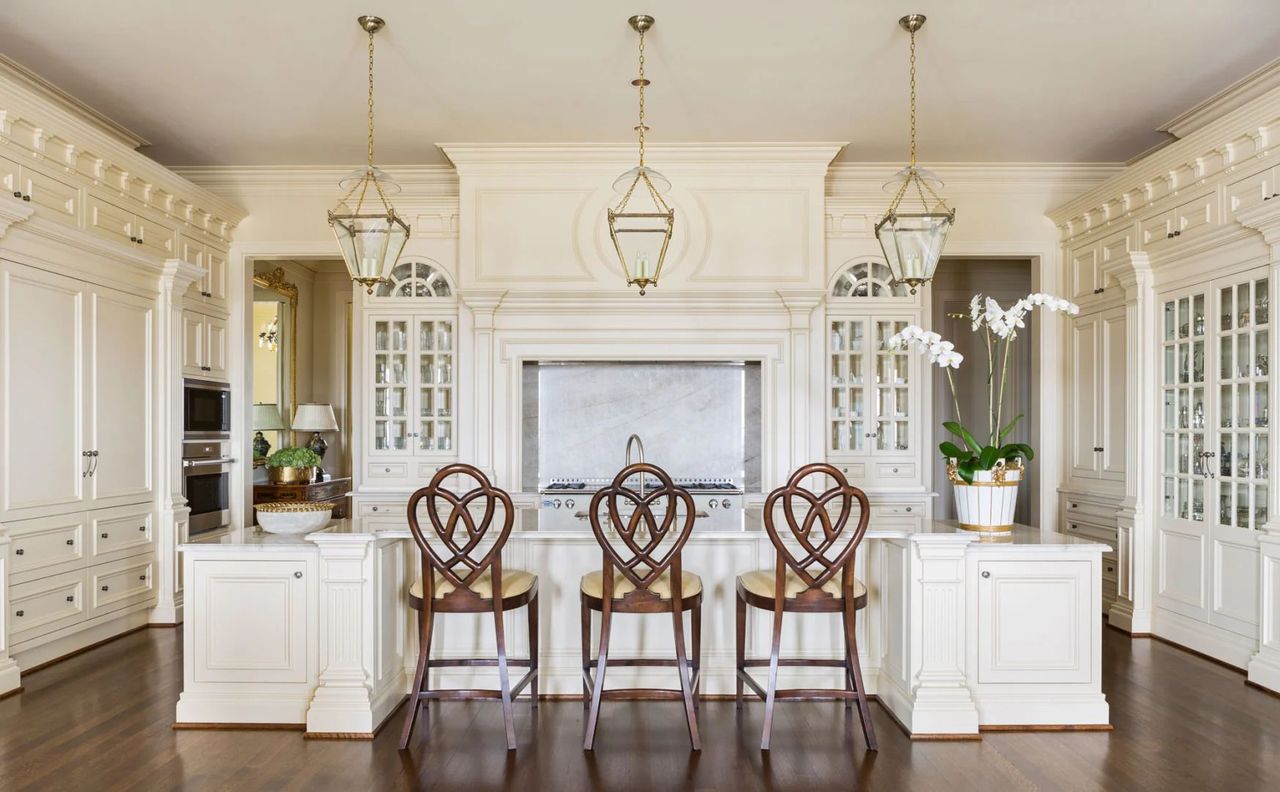



![A Tranquil Jungle House That Incorporates Japanese Ethos [Video]](https://asean2.ainewslabs.com/images/22/08/b-2ennetkmmnn_t.jpg)









